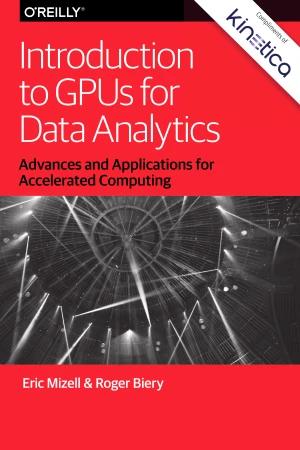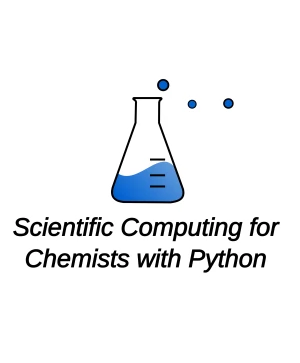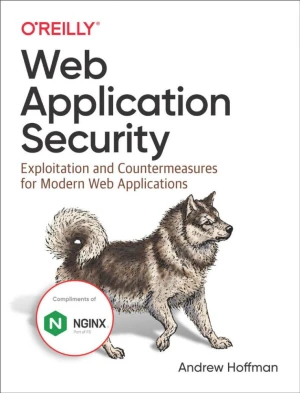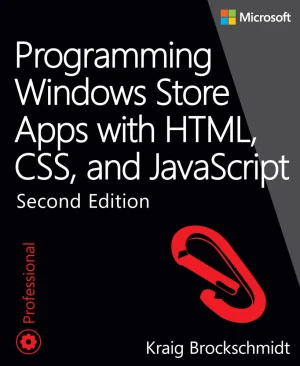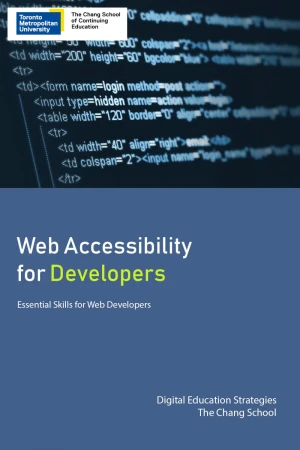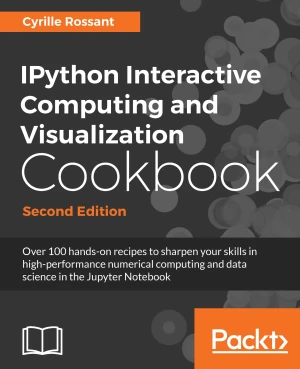Slow Electronics with Reservoir Computing
Energy-Efficient Neuromorphic Edge Computing for Low-Frequency Signals
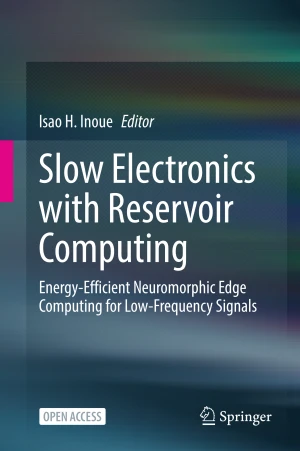
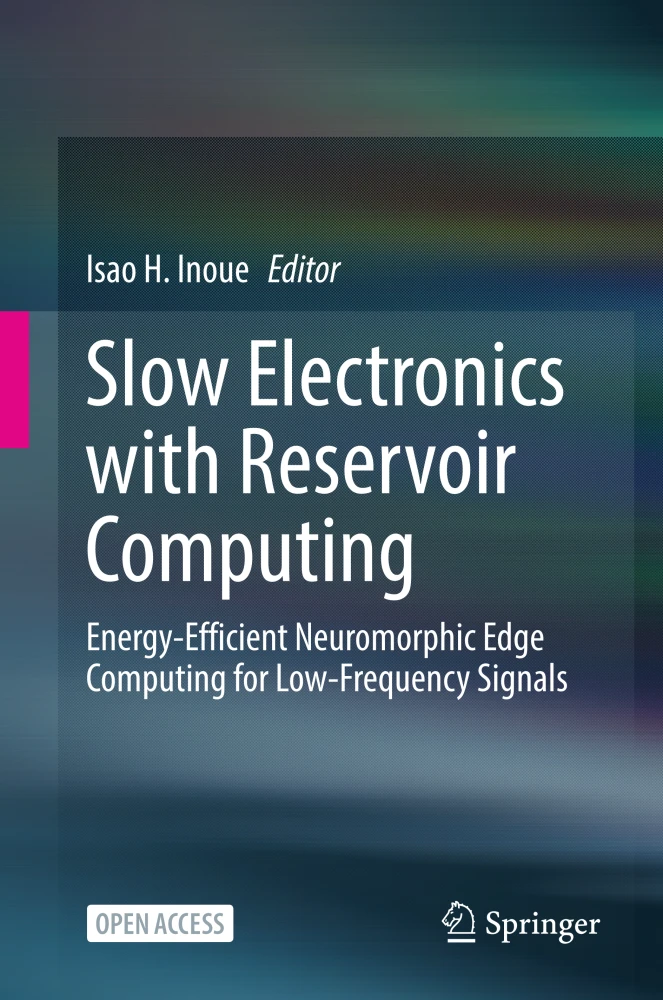
Book Details
| Author | Isao H. Inoue |
| Publisher | Springer |
| Published | 2025 |
| Edition | 1st |
| Paperback | 160 pages |
| Language | English |
| ISBN-13 | 9789819683826, 9789819683857, 9789819683833 |
| ISBN-10 | 9819683823, 9819683858, 9819683831 |
| License | Creative Commons Attribution-NonCommercial-NoDerivatives |
Book Description
This open access book discusses "slow electronics", the study of devices processing signals with low frequencies. Computers have the remarkable ability to process data at high speeds, but they encounter difficulties when handling signals with low frequencies of less than ~100Hz. They unexpectedly require a substantial amount of energy. This poses a challenge for such as biomedical wearables and environmental monitors that need real-time processing of slow signals, especially in energy-limited 'edge' environments with small batteries.
One possible solution to this issue is event-driven processing, which entails the use of non-volatile memory to read/write data and parameters every time a slow (sporadic) signal is detected. However, this approach is highly energy-consuming and unsuitable for the edge environments. To address this challenge, the authors propose "slow electronics" by developing electronic devices and systems that can process low-frequency signals more efficiently. The biological brain is an excellent example of the slow electronics, as it processes low-frequency signals in real time with exceptional energy efficiency. The authors have employed reservoir computing with a spiking neural network (SNN) to simulate the learning and inference of the brain.
The integration of slow electronics with SNN reservoir computing allows for real-time data processing in edge environments without an internet connection. This will reveal the determinism or periodicity behind unconscious behaviours and habits that have been difficult to explore due to privacy barriers thus far. Moreover, it may provide a more profound understanding of a craftsman's skills, which they may not even be aware of.
This book emphasises the most recent concepts and technological developments in slow electronics. Discussion on the captivating subject of slow electronics are given by delving into the complexities of reservoir calculation, analogue CMOS circuits, artificial neuromorphic devices, and numerical simulation with extended time constants, paving the way for more people-friendly devices in the future.
This book is available under a Creative Commons Attribution-NonCommercial-NoDerivatives license (CC BY-NC-ND), which means that you are free to copy and distribute it, as long as you attribute the source, don't use it commercially, and don't create modified versions.
If you enjoyed the book and would like to support the author, you can purchase a printed copy (hardcover or paperback) from official retailers.
Download and Read Links
Share this Book
[localhost]# find . -name "*Similar_Books*"
Introduction to GPUs for Data Analytics
Moore's law has finally run out of steam for CPUs. The number of x86 cores that can be placed cost-effectively on a single chip has reached a practical limit, making higher densities prohibitively expensive for most applications. Fortunately, for big data analytics, machine learning, and database applications, a more capable and cost-effective alte
Scientific Computing for Chemists with Python
Scientific computing utilizes computers to aid in scientific tasks such as data processing and digital simulations, among others. The well-developed field of computational chemistry is part of scientific computing and focuses on utilizing computing to simulate chemical phenomena and calculate properties. However, there is less focus in the field of
Web Application Security
While many resources for network and IT security are available, detailed knowledge regarding modern web application security has been lacking - until now. This practical guide provides both offensive and defensive security concepts that software engineers can easily learn and apply. Andrew Hoffman, a senior security engineer at Salesforce, introduc
Programming Windows Store Apps with HTML, CSS, and JavaScript, 2nd Edition
Microsoft Press is pleased to offer the 2nd edition of Kraig Brockschmidt's in-depth ebook on writing Windows Store apps using HTML, CSS3, and JavaScript. The book's primary focus will be on applying web technologies within the Windows platform, highlighting its unique considerations, rather than exploring the intricacies of the web standards thems
Web Accessibility for Developers
Web Accessibility for Developers is a technical resource aimed primarily at programmers. Learn how to develop accessible interactivity on the Web and gain expertise using WAI-ARIA, a W3C specification that enables optimal use of assistive technologies, like screen readers, when navigating the Web. By the time you complete this book, you should be a
IPython Interactive Computing and Visualization Cookbook, 2nd Edition
Python is one of the leading open source platforms for data science and numerical computing. IPython and the associated Jupyter Notebook offer efficient interfaces to Python for data analysis and interactive visualization, and they constitute an ideal gateway to the platform. IPython Interactive Computing and Visualization Cookbook, 2nd Edition con

